Protecting the sharkiest place on earth
Pelayo is on a mission to keep the Galapagos, in his words: ‘the sharkiest place on the planet’. Leveraging what he’s learned from baseline surveys, and collaboration with Professor Mahmood Shivji at the Save our Seas Shark Research Centre (SOS-SRC), his research is now assessing the migratory routes and population genetics of pregnant scalloped hammerhead sharks across the Tropical Eastern Pacific. He is also investigating the movement ecology of female silky sharks in relation to regional fishing fleets around the Galapagos Marine Reserve (GMR). Pelayo continues to advise on shark conservation policy in the region and heighten awareness around its rich marine heritage.
I’m a happy marine ecologist! Since I was a child, I have loved spending as much time as possible in the water. My childhood summers were divided between the rugged Cantabrian coast of Asturias in northern Spain, where I was born, and the idyllic Mediterranean coast of southern Spain, where my dad’s family is from. I moved to the UK when I was 18 to study marine and freshwater biology at the University of Wales, Aberystwyth. I got carried away and four years later found myself completing an MSc in the environmental management of marine ecosystems. Then...


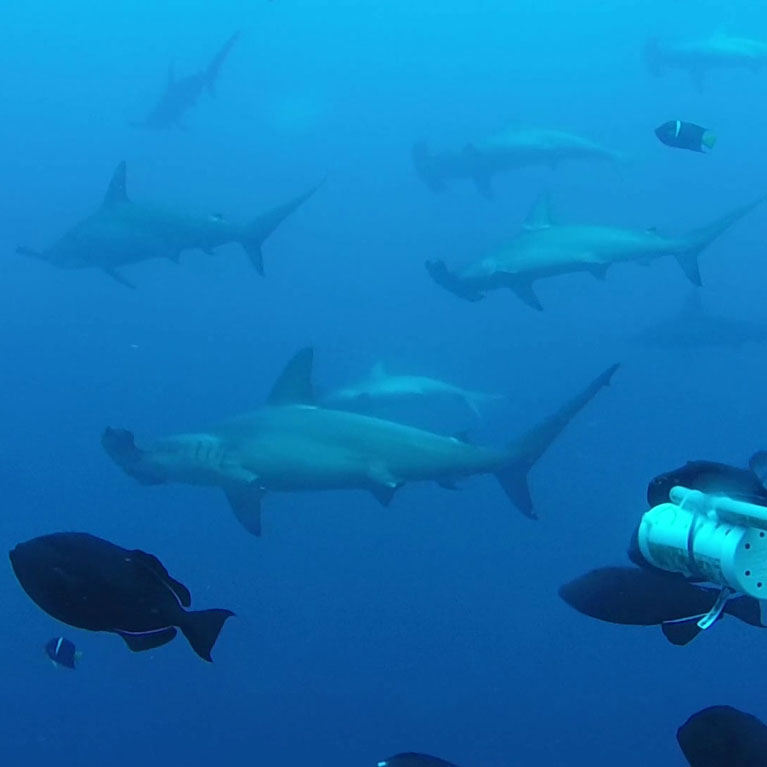
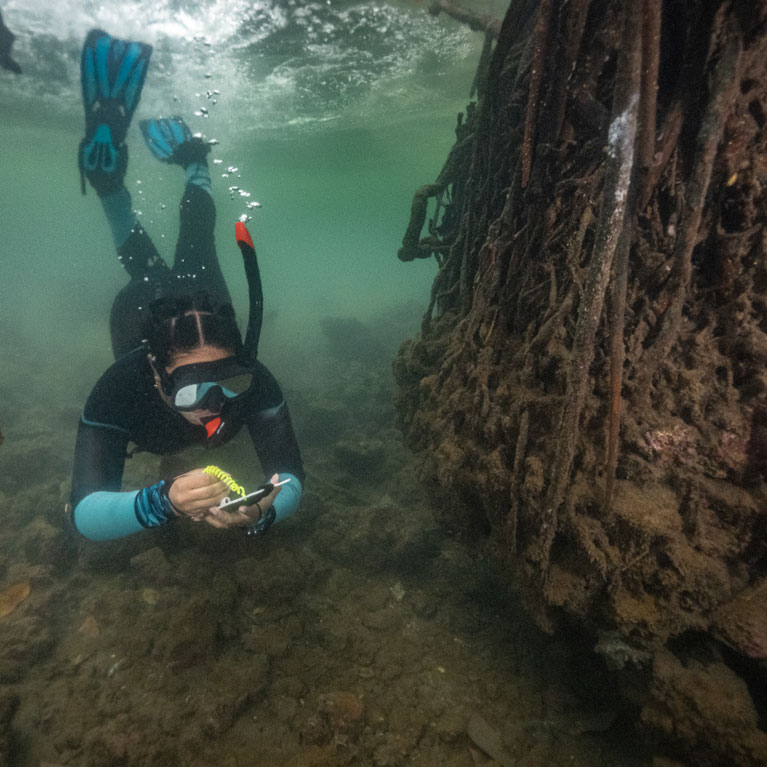
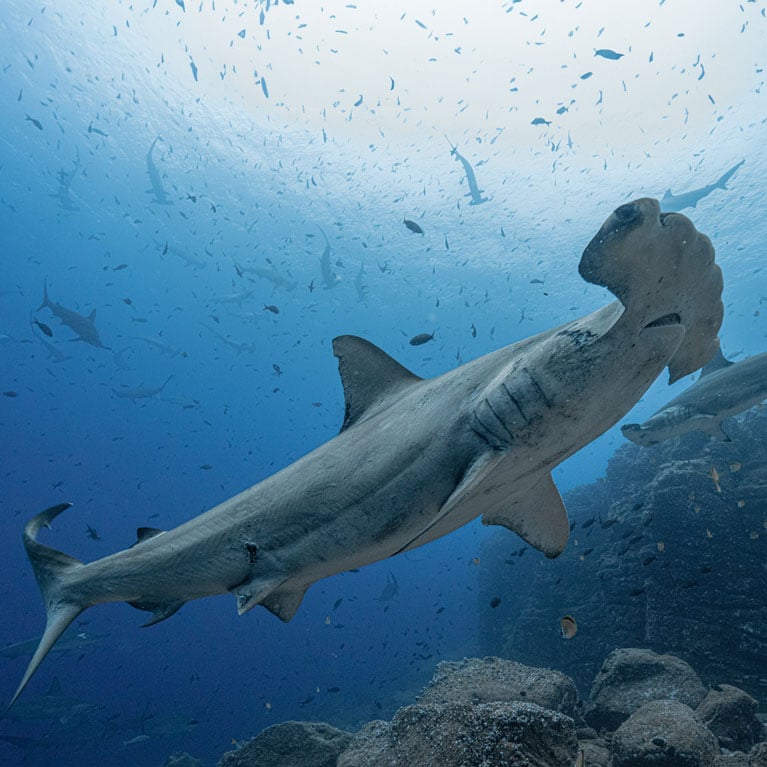
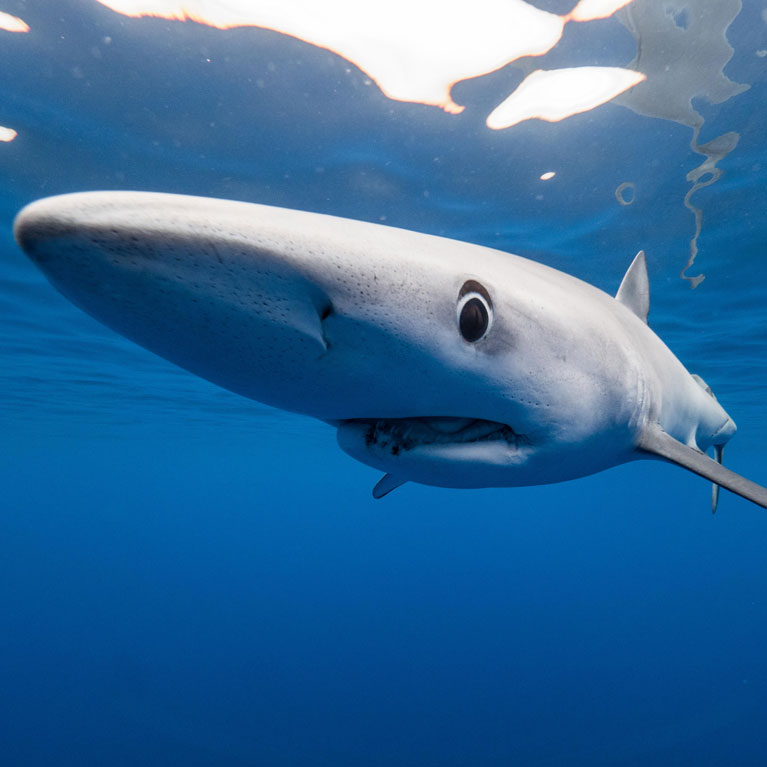
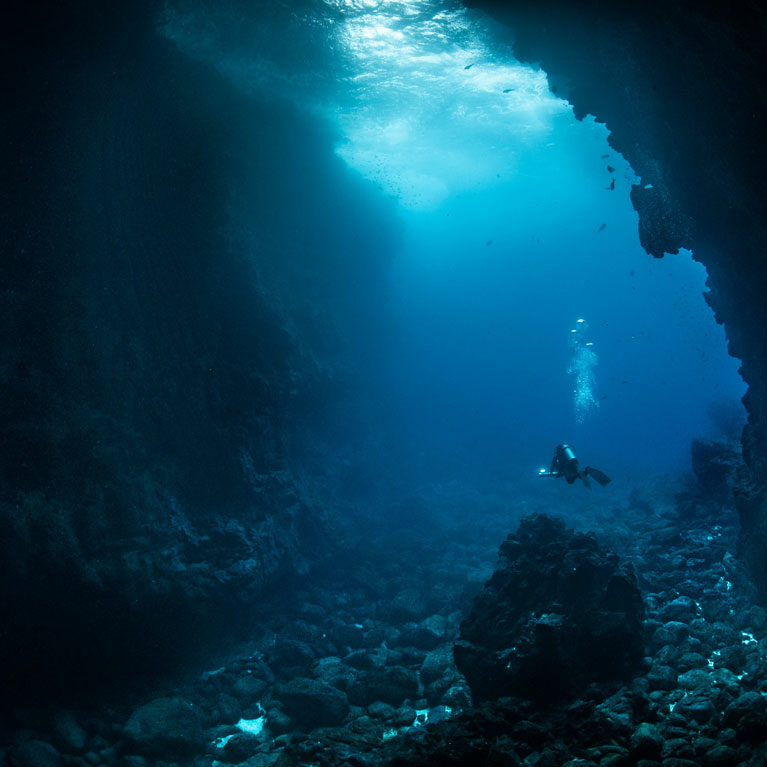
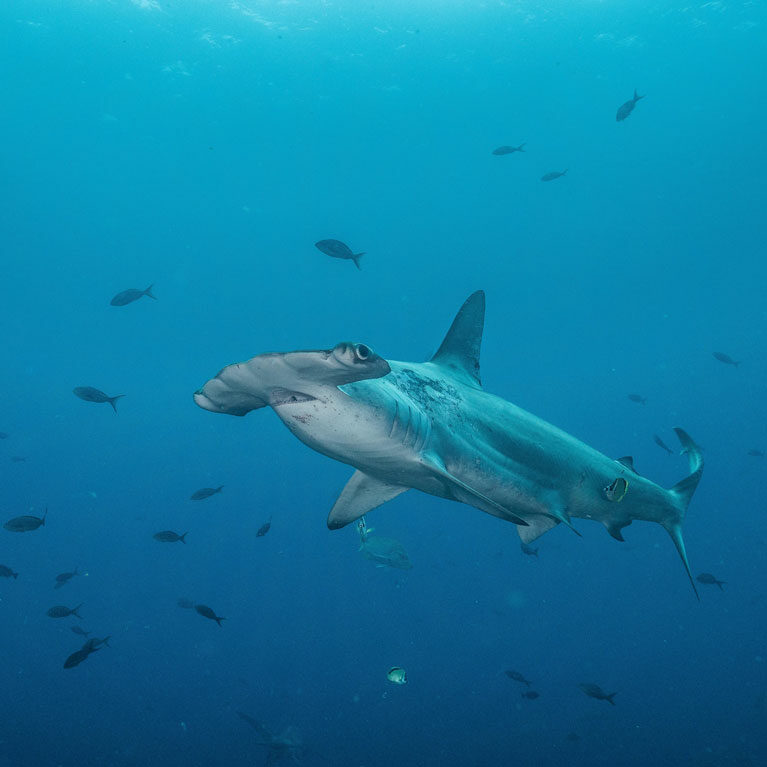
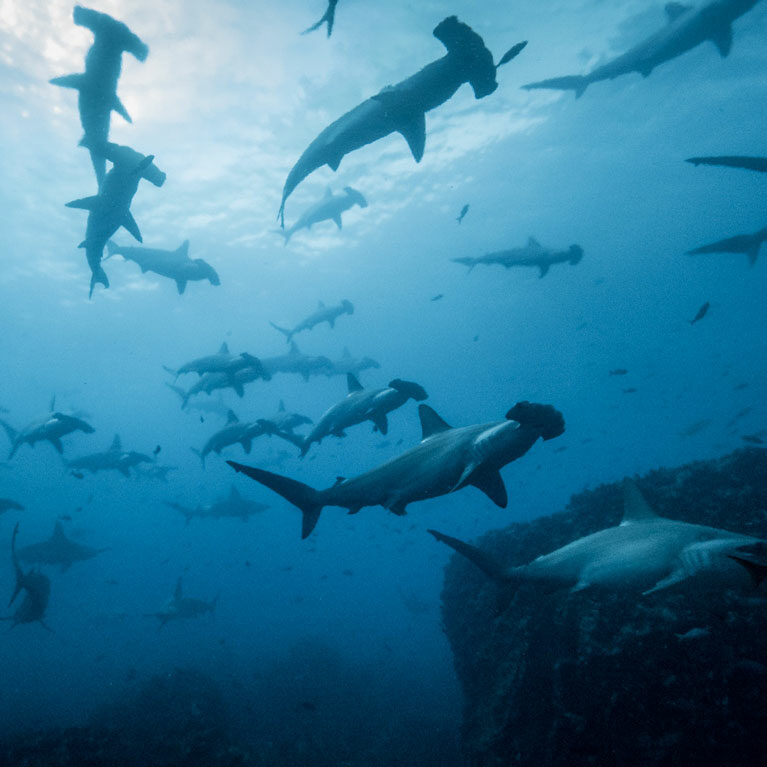
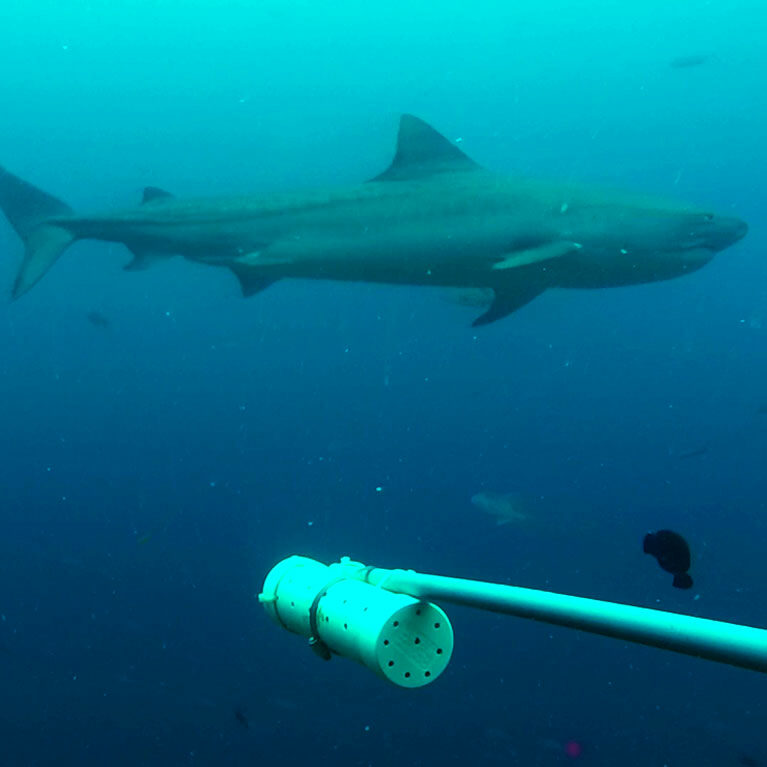
Protecting the sharkiest place on earth
I use a combination of applied research on key shark species, educational and outreach efforts with the local community and technical assistance to policy-makers to help maintain the Galápagos as the sharkiest place on the planet.
Overfishing and other human-induced stressors have led many shark species to the brink of extinction. The Galápagos Marine Reserve represents a window into the ocean of the past where sharks and other top predators still reign. With ever-increasing fishing pressure around this last ocean wilderness and the global menace of climate change, the aim is to gather relevant knowledge about the ecology of key shark species to inform policies aimed at conserving the Galápagos as the sharkiest place on earth, while inspiring and actively involving the local community in shark conservation.
Since 2015, when we obtained the support of the Save Our Seas Foundation for the project ‘Sharks in the birthplace of evolution’, which provided the most comprehensive baseline for the diversity and abundance of sharks across the archipelago and initiated a shark education and outreach program me with the local community, we have continued to expand our shark research, educational and conservation programme. In 2017 we started a long-term collaboration with Prof. Mahmood Shivji, director of the Save Our Seas Foundation Shark Research Center (SOSF-SRC), which was kickstarted by our ‘hot’ discovery of deep-sea Pacific white skates using hydrothermal vents to incubate their eggs, a behaviour never documented before in the marine environment. This collaboration with the SOSF-SRC has continued to develop in recent years and we have now embarked on a number of joint research projects aimed at better understanding the ecology of key shark species. Two ongoing projects focus on the movement ecology and population genetics of the scalloped hammerhead and silky sharks across the Tropical Eastern Pacific. Both species form large seasonal aggregations within the Galápagos Marine Reserve, but are also known to be highly migratory at certain times of the year. Pregnant hammerhead sharks, for example, probably undertake reproductive migrations from the Galápagos to mangrove bays along the coasts of Central and South America. Since both scalloped hammerheads and silky sharks are heavily targeted by industrial and artisanal fishing fleets, a better understanding of their movement ecology and population connectivity will enable us to better inform conservation policies aimed at reversing ongoing population declines.
· To determine the migratory routes and population genetics of pregnant scalloped hammerhead sharks across the Tropical Eastern Pacific.
· To investigate the movement ecology of female silky sharks and their interaction with regional fishing fleets around the Galápagos Marine Reserve.
· To raise awareness about the importance of sharks and contribute to capacity building of local and national conservationists.
· To provide technical advice and assist decision-makers on policies aimed at conserving shark populations across the region.

